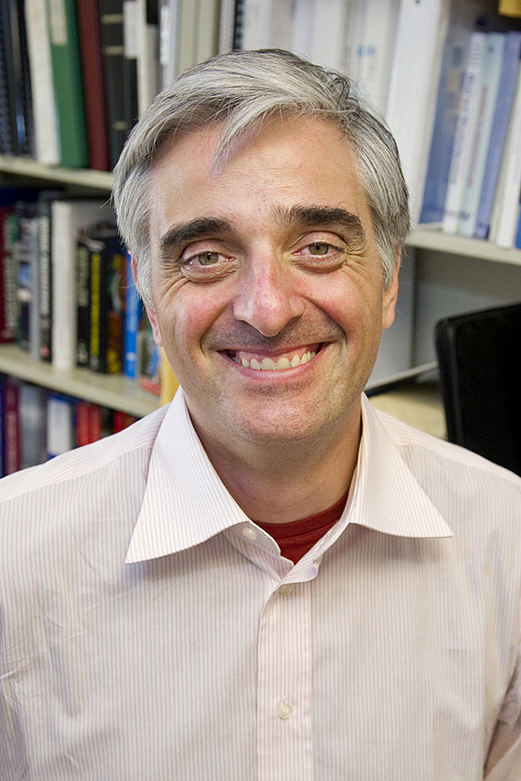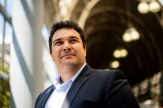Northeastern University to host wind engineers from Tongji University in China

In the early 1970s, Boston’s newest and tallest skyscraper had problems.
In heavy winds, the John Hancock Tower, which is shaped like a knife, would sway enough to make the people inside motion sick and its windows would pop out and smash on the streets below. Worse yet, a structural analysis revealed that while the longer sides of the building were designed to handle the stress of the wind, the thin sides might collapse entirely, bringing the structure slicing down on its edge.
“The John Hancock is an interesting example,” says Luca Caracoglia, an associate professor of civil and environmental engineering at Northeastern. “Sometimes wind loads do not cause the collapse of the main structure, but they may cause damage. If we start designing either very long or flexible structures, like a bridge or a very tall building, then the design for wind becomes very complex. That’s where wind engineering comes into play.”
The field of wind engineering has advanced a lot since the Hancock Tower, now known as 200 Clarendon Street, took five years and more than 12 million dollars to remedy. But there is still lots to learn. This week, Caracoglia and his colleagues are hosting a workshop with wind engineering researchers from Tongji University in China to share their latest discoveries, including how tornadoes, thunderstorms, hurricanes, and other wind-related phenomena impact structures and designs around the world.
“Tongji University has a very large research group studying wind engineering,” Caracoglia says. “It will be an opportunity to discuss differences in our research and future opportunities for exchanging students and researchers.”

Luca Caracoglia. Photo by Mary Knox Merrill / Northeastern University
One of the visiting professors, Wei Cui, worked in Caracoglia’s lab and received his doctorate from Northeastern. The two researchers have remained in contact, and hope this workshop will be the start of a larger collaboration.
In addition to Cui, the group from Tongji University includes two other professors who are internationally recognized leaders in the field of wind engineering and 13 doctoral students. They will be presenting their current research, including how long-span bridges respond to winds during a typhoon, how the roofs of small buildings handle pressure from tornadoes, and how different structures respond to tests in a wind tunnel.
“It’s a very good opportunity to learn about the other aspects of wind engineering that I haven’t had a chance to study in depth,” says Viet Le, a doctoral student in Caracoglia’s lab who is co-chairing the workshop with fellow doctoral student Shaoning Li.
Le will be presenting his research on the effects of thunderstorm and tornado winds on tall buildings. Other researchers from Northeastern will discuss topics such as the vibrations of wind turbines blades under different wind conditions.
“The more we know about wind engineering, the more confident we can be about our design and analysis of civil infrastructure,” Le says. “And because we’re more confident about how the wind and the structure will interact, we’re able to step outside the box a little bit to find more creative and feasible solutions.”
For media inquiries, please contact media@northeastern.edu.




